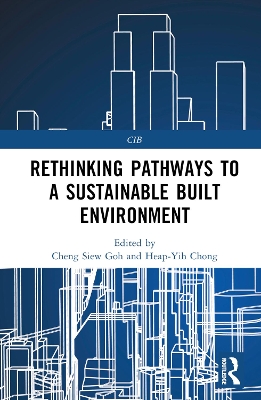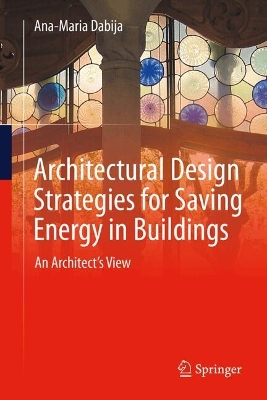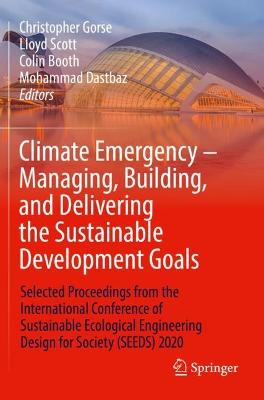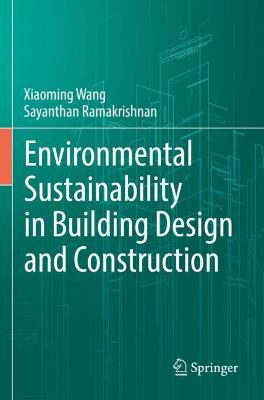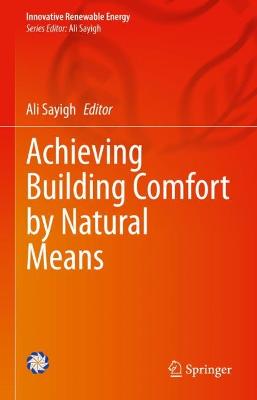Building Materials for Sustainable and Ecological Environment
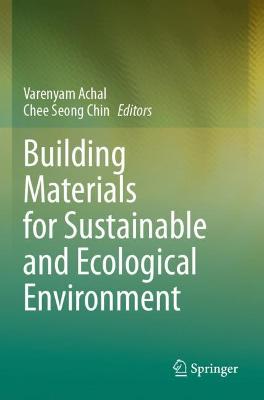 portes grátis
portes grátis
Building Materials for Sustainable and Ecological Environment
Chin, Chee Seong; Achal, Varenyam
Springer Verlag, Singapore
05/2022
172
Mole
Inglês
9789811617089
15 a 20 dias
291
Descrição não disponível.
Chapter 1. The practical use of biocement as self-healing agent and in construction requires a socio-ecological approach.- Chapter 2. Utilisation of Biomineralisation Method in Recycled Coarse Aggregate Concrete with Fly Ash.- Chapter 3. Characterization and an overview of utilization and neutralization for efficient management of Bauxite residue for sustainable environment.- Chapter 4. The amendments in typical microbial induced soil stabilization by low-grade chemicals, biopolymers and other additives: A review.- Chapter 5. An Overview of Factors influencing Microbially Induced Carbonate Precipitation for its Field Implementation.- Chapter 6. Life Cycle Assessment of Concrete Masonry Units with Waste Paper Fibres.- Chapter 7. Soil pH and its Significance as Ecological Material: Perspectives and Implications.- Chapter 8. A review on coupled phenomena in aquifers from the perspective of geological storage of carbon dioxide with ecological significance.- Chapter 9. A review on role of enzymes and microbes in healing cracks in cementitious materials.- Chapter 10. A socio-ecological perspective on green urbanisation and urban ecological intensification.
Este título pertence ao(s) assunto(s) indicados(s). Para ver outros títulos clique no assunto desejado.
Environmental Impact Assessment;Agriculture Residue;Bio-Cement;Green Buildings;Carbon Footprint;Life Cycle Analysis;Building Materials
Chapter 1. The practical use of biocement as self-healing agent and in construction requires a socio-ecological approach.- Chapter 2. Utilisation of Biomineralisation Method in Recycled Coarse Aggregate Concrete with Fly Ash.- Chapter 3. Characterization and an overview of utilization and neutralization for efficient management of Bauxite residue for sustainable environment.- Chapter 4. The amendments in typical microbial induced soil stabilization by low-grade chemicals, biopolymers and other additives: A review.- Chapter 5. An Overview of Factors influencing Microbially Induced Carbonate Precipitation for its Field Implementation.- Chapter 6. Life Cycle Assessment of Concrete Masonry Units with Waste Paper Fibres.- Chapter 7. Soil pH and its Significance as Ecological Material: Perspectives and Implications.- Chapter 8. A review on coupled phenomena in aquifers from the perspective of geological storage of carbon dioxide with ecological significance.- Chapter 9. A review on role of enzymes and microbes in healing cracks in cementitious materials.- Chapter 10. A socio-ecological perspective on green urbanisation and urban ecological intensification.
Este título pertence ao(s) assunto(s) indicados(s). Para ver outros títulos clique no assunto desejado.

